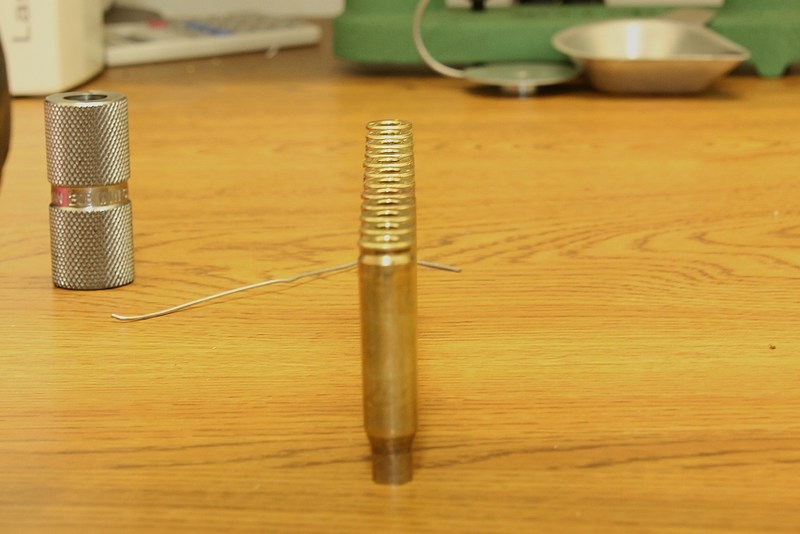I'm running into a problem I haven't seen in 40 years of reloading. I've used a Lyman electric trimmer without a problem but recently I've routinely had .270, 7mm RM and 6.5 Creedmore cases, after trimming, stick so strongly to the pilot that extraction attempt pulls the pilot out of the cutter and it remains in the case. Sometimes I can pull it out by hand with a pliers, other times I need to put the pilot stem in a vise and pull it out.
One solution was to use the next smaller pilot - e.g., in .270, use the .26 pilot, but that obviously doesn't explain the problem.
It has been my habit to reload cases until the necks split or I see the very subtle sign of head separation or loose primer pockets. I used to record the number of reloads but as time went on and I reached 17 calibers to reload that recording process was replaced by the current one of observation.
I'm suspicious that the cases in question have been loaded so many times that brass has flowed into the necks and when trimmed, the mouth of the case becomes so thick that it sticks. When I chamfer the case it sometimes fits on the pilot, sometimes, not. If that is the case, do I need to INSIDE neck turn or will OUTSIDE neck turning do the trick?
Strangely, once these cases have bullets seated they chamber without a problem, suggesting the above theory is not correct.
One solution was to use the next smaller pilot - e.g., in .270, use the .26 pilot, but that obviously doesn't explain the problem.
It has been my habit to reload cases until the necks split or I see the very subtle sign of head separation or loose primer pockets. I used to record the number of reloads but as time went on and I reached 17 calibers to reload that recording process was replaced by the current one of observation.
I'm suspicious that the cases in question have been loaded so many times that brass has flowed into the necks and when trimmed, the mouth of the case becomes so thick that it sticks. When I chamfer the case it sometimes fits on the pilot, sometimes, not. If that is the case, do I need to INSIDE neck turn or will OUTSIDE neck turning do the trick?
Strangely, once these cases have bullets seated they chamber without a problem, suggesting the above theory is not correct.

